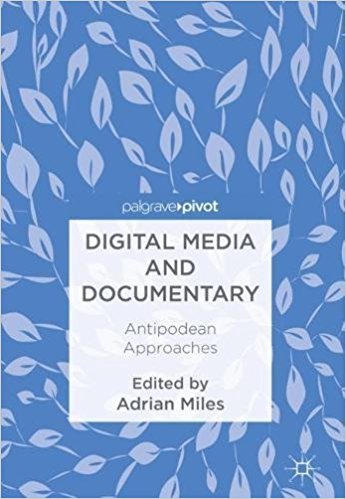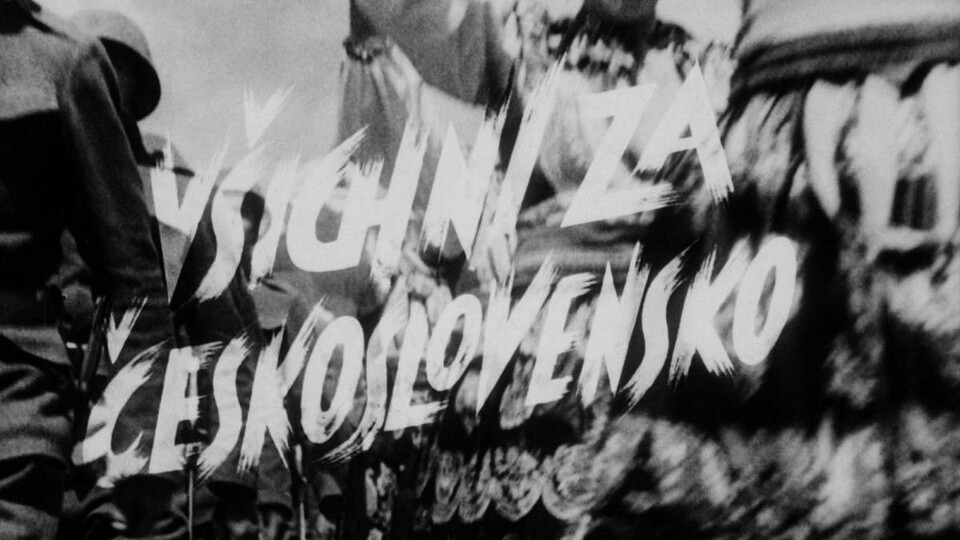Digital Media and Documentary: Antipodean Approaches
Below is an edited extract from the opening chapter of this anthology. The writing emerged from a conference panel in Australia in 2014. A general theme that runs through the anthology is a wondering about what, how, and why one might make non-fiction online work that is small scale and uses ready to hand tools and technologies. It is then theoretically pragmatic, and deeply committed to the Internet as a socio-technical network as a site of practice rather than distribution.
An academic book, I like to think, is a response to a problem. This problem might be a question, something like a curiosity or perhaps even a humble wondering. The problem may be an obvious and large concern, something we all agree matters. Or the problem may not be so apparent and the work of the writing then becomes one of persuading us of its importance. In either case the problems that initiate academic books can be approached with the vantage of a sweeping view, surveying a panorama of peaks. Or they may choose to place themselves deep in a valley, sitting by the creek paying particular close attention to the minutiae of the near to hand.
This is an anthology from the edge of that creek. It does not offer an account of interactive documentary in general. It can be read as offering a series of facets, or points of view, from which to think about current practices and protocols that need to be loosely collected together when considering interactive documentary.
This anthology might be thought a response to Jon Dovey’s argument for a “post–industrial understanding of knowledge exchange processes” (p. 255). Such processes “would seek to understand the complex linkages between different parts of the creative system as a whole” (p. 255). This is realised here in the different links that exist between the chapters and their respective ideas and claims. This linking is an invitation to recognise the commonalities and distinctions between the authors and to productively recognise and build upon these differences.

The terms of these links involve the qualities of listing, noticing, sketching, scale, and relationality. These qualities show how affordable digital tools, combined with a near to hand network, have allowed for varieties of nonfiction media making that are an everyday noticing that complements our documentary heritage. These digital tools and networks allow these qualities and practices to emerge and how the works described here are made up of ambient, small, observations, what might be considered to be almost asides, allows for a post monumental nonfiction media making to emerge.
The rise of these new practices and machines as the shadow — or allure — of digitisation, computers, and the World Wide Web as a socio–technical network is, I hope, what this anthology contributes to the study and development of interactive documentary.
Author is Associate Professor in the School of Media and Communication at RMIT University, Melbourne, Australia.
The book Digital Media and Documentary: Antipodean Approaches was published in January 2018 by Palgrave Pivot.


